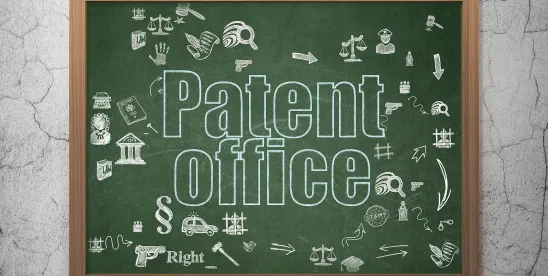Beginning in October 2025, the European Patent Office (EPO) will accept patent drawings in color or grayscale when filed electronically.[1] By allowing more detailed and visually accurate representations, this change enhances clarity in technical disclosures and could streamline the examination process. This change could also serve as a model for other jurisdictions such as the United States, Canada, and the World Intellectual Property Organization (WIPO).
What’s Changing at the EPO?
Previously, the EPO required all drawings to be monochrome, limiting the ability of applicants to visually convey complex or nuanced features. Under the new rule, applicants may submit drawings with color lines and shaded areas, provided they are filed electronically. This update is expected to improve the precision and interpretability of patent illustrations, particularly in fields like biotechnology, medical devices, and electronics.
Global Implications
The EPO’s move could serve as a model for other major patent offices globally.
In the United States Patent and Trademark Office, drawings for utility patent applicants are generally required to be black and white line drawings. However, under 37 C.F.R. § 1.84, if color is “the only practical medium by which to disclose the subject matter sought to be patented” an applicant may file a petition, along with a fee, explaining why color drawings are necessary.
The Canadian Intellectual Property Office similarly requires all drawings to be in black and white. However, when an invention can't be clearly shown using drawings, but can be shown using photographs instead, the applicant may include color photographs in the patent application.[2]
The World Intellectual Property Organization (WIPO) currently adheres to traditional black and white standards but may consider updates in light of the EPO’s decision.[3]
Because not all jurisdictions accept drawings that include color, applicants who file colored drawings with the EPO should carefully discuss any color aspects of the drawings, particularly if the drawings will be used in applications in other jurisdictions. Because colored drawings may be converted to black and white by certain patent offices, it will be important to have a complete description of the drawings that accounts for both the colored drawings, and drawings that may lack color. Likewise, while it is not yet clear how the EPO will handle color as it pertains to new matter, a thorough description of the color aspects may allow applicants to amend the European application to include color drawings if the priority application was filed in a jurisdiction that does not accept color drawings.
It may be a while before we see if there are any practical implications for European patents containing color drawings, but the European Patent Office’s decision to accept color drawings marks a meaningful step toward modernizing patent submissions and aligning with the evolving needs of inventors and innovators. If changes such as this are well received and prove easy to implement, it could open the door to additional tools for applicants such as videos or 3D models.
Footnotes
[1] OJ EPO 2025, A49
[2] Canada Patent Rules (SOR/2019-251), subsection 59(2)-(3)
[3] “Color Drawings” PCT/WG/17/12 (January 24, 2024)





 />i
/>i

